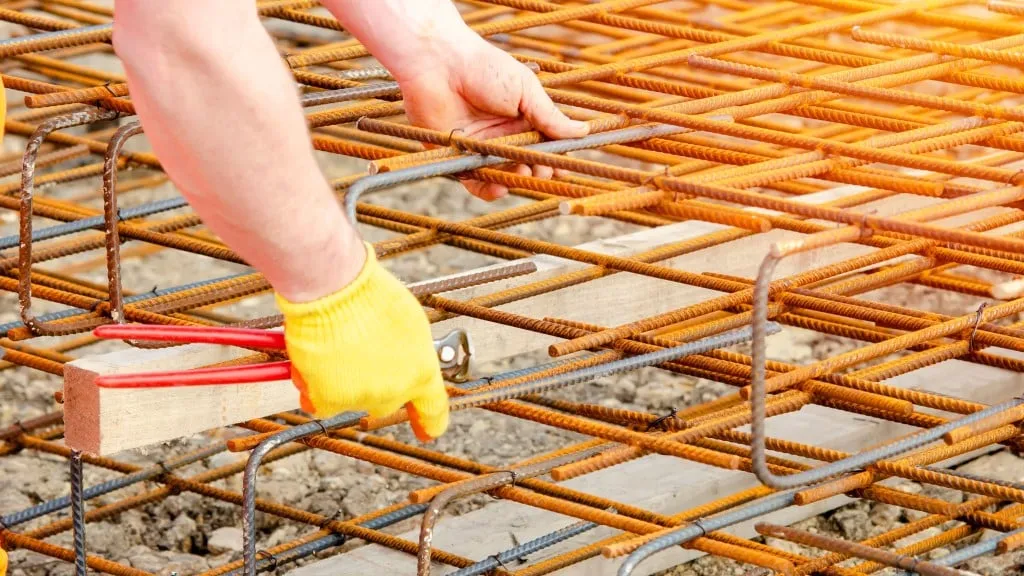In the realm of construction and fire safety, a groundbreaking study led by Yonghyun Cho from the Department of Fire Safety Research at the Korea Institute of Civil Engineering and Building Technology (KICET) is set to redefine how we approach passive fire protection for steel structures. Published in the journal *Case Studies in Construction Materials* (translated from Korean as “건설 재료 사례 연구”), Cho’s research delves into the fire resistance performance of H-section steel columns made from fire-resistant steel (FR355), offering insights that could significantly impact the energy sector and construction industry.
The study combines fire testing and finite element (FE) analysis to explore the relationship between axial load ratio and the critical temperature of FR355 columns. This foundational data is crucial for fire safety engineering, as it provides a clearer understanding of how these columns behave under various loading conditions. “By establishing this relationship, we can better predict the performance of FR355 columns in real-world fire scenarios,” Cho explains. This predictive capability is a game-changer for engineers and architects aiming to design safer, more resilient structures.
One of the most compelling aspects of Cho’s research is the comparative assessment of three fire protection design approaches: unloaded conditions, loaded conditions, and performance-based structural fire design. The study evaluates the efficiency of these methods in reducing the required thickness of spray-applied fire-resistive materials (SFRM). The findings suggest that performance-based design, in particular, offers a more flexible and potentially cost-effective approach to fire protection.
To illustrate this, Cho and his team conducted a case study involving an H-section column exposed to a realistic electric vehicle (EV) fire in an open car park structure. The results were striking. “Our performance-based design scenario demonstrated that FR steels can achieve adequate fire resistance with significantly reduced fireproofing demand,” Cho notes. This reduction in material usage not only cuts costs but also aligns with sustainability goals, a critical consideration for the energy sector and construction industry.
The implications of this research are far-reaching. For the energy sector, the ability to design structures with reduced fireproofing demand could lead to more efficient and cost-effective construction of facilities such as EV charging stations and renewable energy infrastructure. For the construction industry, the insights gained from this study could pave the way for innovative design approaches that prioritize both safety and sustainability.
As the world continues to grapple with the challenges of climate change and urbanization, the need for resilient and sustainable construction practices has never been greater. Cho’s research offers a promising path forward, one that leverages advanced materials and cutting-edge analysis to create safer, more efficient structures. “This study is just the beginning,” Cho says. “We hope that our findings will inspire further research and innovation in the field of fire safety engineering.”
In the ever-evolving landscape of construction and fire safety, Yonghyun Cho’s work stands as a beacon of progress, illuminating the way toward a future where safety and sustainability go hand in hand. As the industry continues to adapt to new challenges, the insights gained from this research will undoubtedly play a pivotal role in shaping the buildings and infrastructure of tomorrow.

